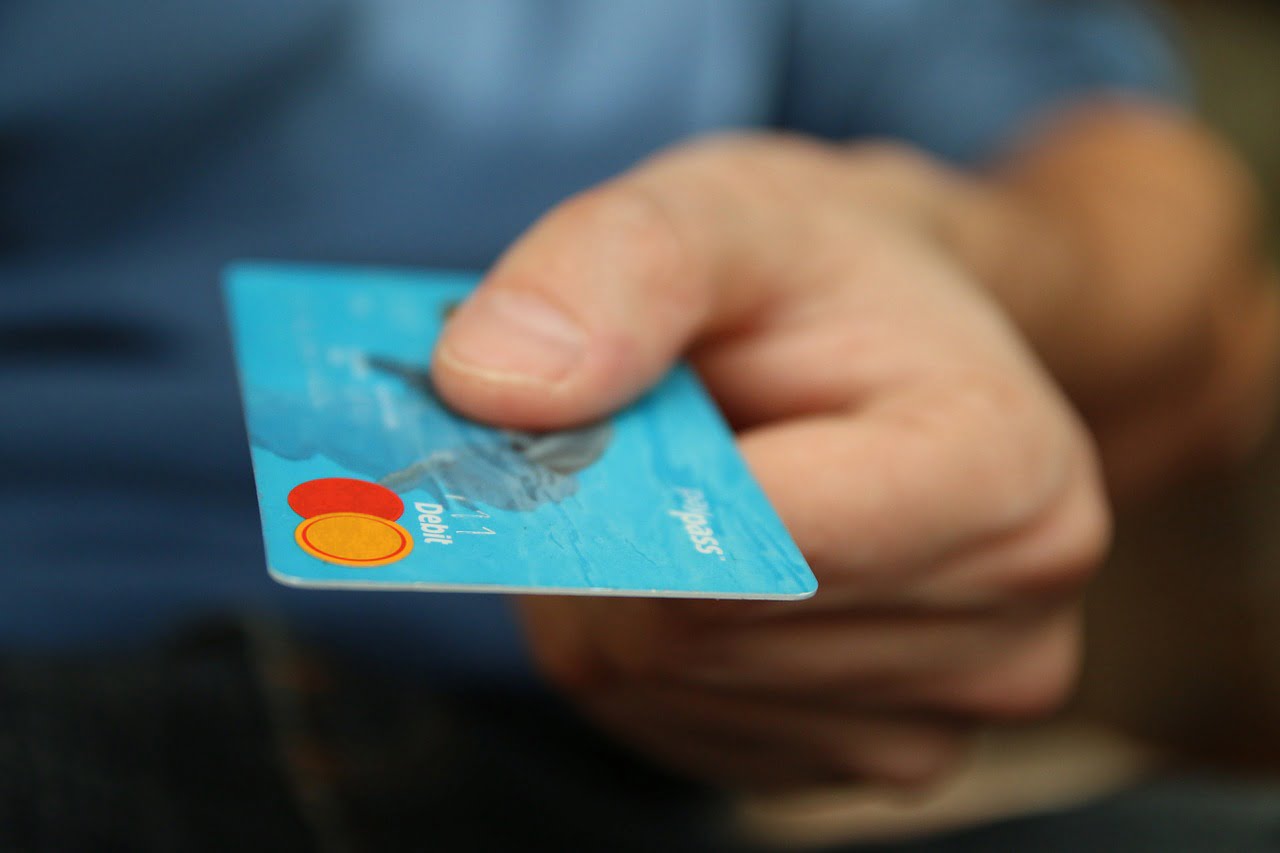The pandemic has had a dramatic and lasting impact on every corner of the economy, from the biggest Fortune 500 companies down to individual pocketbooks.
Q2 2021 hedge fund letters, conferences and more
One of the most alarming effects has been a sharp increase in individual credit card debt. A new report by Inside 1031 surveyed 1,000 Americans with one or more credit cards about their personal finances — the study’s findings were worrisome, to say the least.
Nearly Half of Americans Have Taken on More Debt During COVID
Since the beginning of the pandemic in March 2020, 45% of Americans have taken on more credit card debt. Crucially, the cardholders who carry a balance from month to month are 2.2x more likely to have more debt now than they did before the pandemic.
Although most financial experts strongly advise against carrying credit card debt month-to-month, a lot of Americans do it. Inside 1031’s survey found that 55% of U.S. cardholders carried a balance from month to month, and many of them have carried balances for years. A whopping 40% haven’t been free of credit card debt since before 2018, and 15% reported that they’ve carried a monthly balance since before 2006.
The bottom line? The debt holders who carry monthly balances — which accrue interest at very high rates — are more likely than anyone else to have increased their debt during the pandemic. They were already in a hole, but they’ve dug it even deeper.
How Much Credit Card Debt Are Americans Carrying?
There’s a big difference between carrying a $100 balance month to month and carrying a $10,000 balance. So how much are these debtors carrying?
More than you probably think. According to Inside 1031’s survey
- 18% of debtors have more than $20,000 in credit card debt
- 26% have more than $15,000 in credit card debt
- 46% have more than $5,000 in credit card debt
When you break it down generationally, Generation X has the most overall debt, and the highest percentage (32%) of debtors who owe more than $15,000. They’re followed by millennials (25%), Gen Zers (17%), and baby boomers (16%).
It gets worse. A 2019 survey from Inside 1031’s sister site, Clever Real Estate, found that only 5% of Americans had more than $25,000 in credit card debt. In 2021, that percentage has more than doubled, skyrocketing up to 12% of respondents. That level of debt can be a serious impediment to everything from getting a job to buying a house — even if you use an attorney.
A Toxic Combination
So what leads Americans to rack up so much credit card debt? Well, there are two main factors — one is unavoidable, and one is very much preventable.
The first big factor is that credit cards often function as a financial lifeline in an emergency. Survey respondents cited COVID-19 (29%) and illness or medical emergency (27%) as the two biggest reasons they’d fallen deeper into debt, followed by financially supporting a family member (26%) and losing their job (23%). Those are unfortunate events, and there’s not much anyone can do to avoid them. In a way, credit cards do serve a positive purpose if they can help people through adversity without having to resort to measures such as desperately selling their house for cash.
On the other hand, Americans know shockingly little about their credit cards. Nearly one-third of respondents (28%) didn’t know their credit card’s interest rates. Average credit card rates are 18.04% for new accounts, and 15.10% for existing accounts — rates that can very rapidly add thousands of dollars to an unpaid balance.
A significant portion of respondents racking up credit card debt have no idea what they’re getting into — and that they’re taking on debt that could literally take decades to pay off.
A System Under Strain
As Americans take on more and more credit card debt, they’re missing more payments, too.
More than half of respondents (57%) have missed a credit card payment in the past; in 2020, 28% missed a payment, and that figure rose slightly to 31% in 2021.
The top reason for missing a payment was simple forgetfulness (37%), but the reasons get more disturbing from there. The second-most common reason for missing a payment was buying food (32%) instead of making a payment, and the third-most common was paying utilities (31%). Zoom out and you can see that these debtors are walking a financial tightrope, with no room for error.
The Ripple Effect
The average American has very little money saved for emergencies, and this problem is even more severe in people who carry credit card debt.
Overall, 37% of Americans have less than $1,000 in emergency savings, and 13% have no emergency savings at all. When the survey zoomed in on debtholders who carry a monthly credit card balance, it found that they were 3x more likely to have no emergency savings at all and 2.6x more likely to have less than $500 saved. Credit card debt holders understand their situation, though — the inability to build up an emergency fund was by far the top consequence of being in debt.
They Know They Have a Problem - But Can They Quit?
If there’s a shred of hope here, it’s that credit card debt holders know they have a problem and want to change to a more responsible, frugal lifestyle. The survey found that a whopping 82% of credit card debt holders want to use their credit cards less in the future.
The question is, will that be possible? Overlapping economic trends such as inflation, wage stagnation, and a steadily increasing cost of living suggest it will be difficult for Americans to wean themselves off credit cards, but time will tell.






